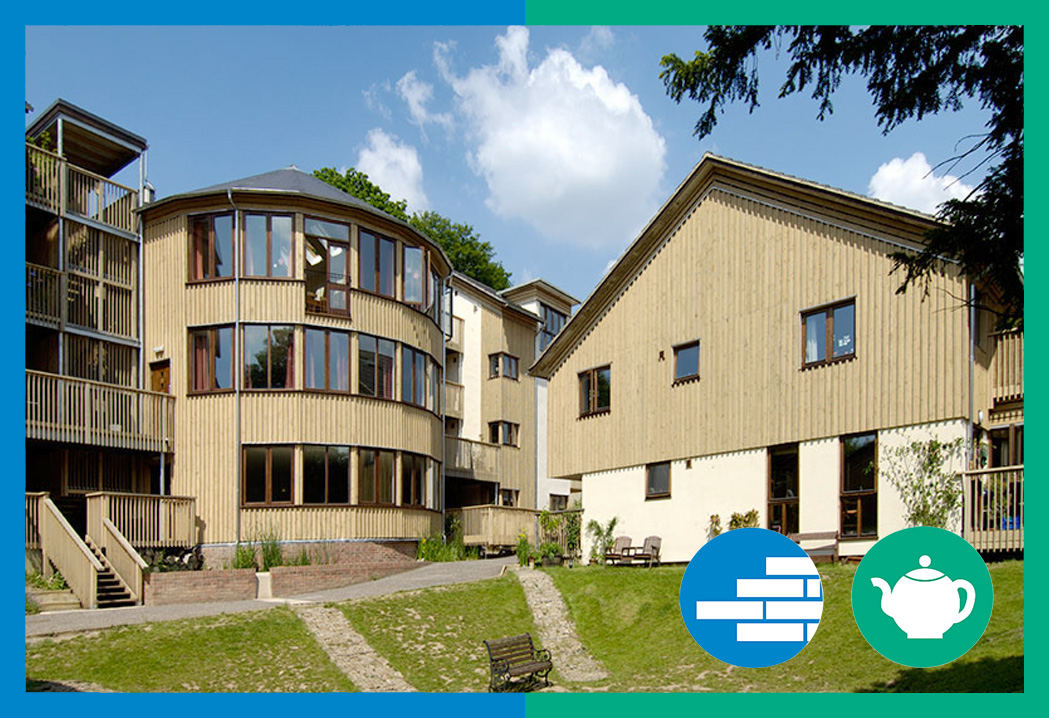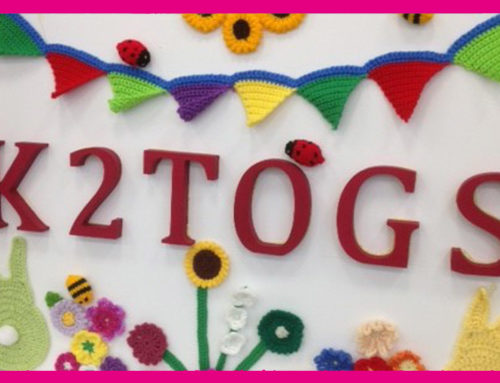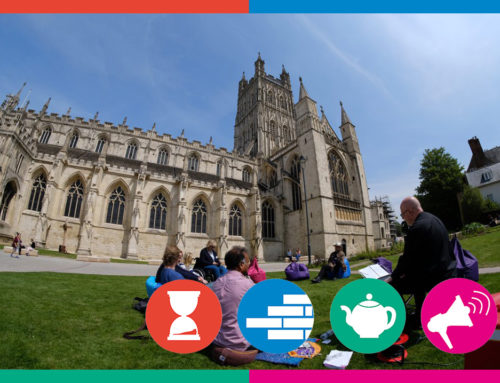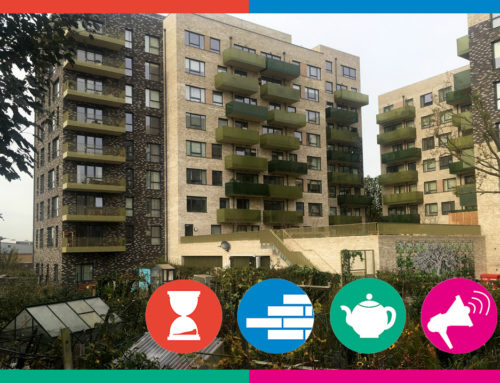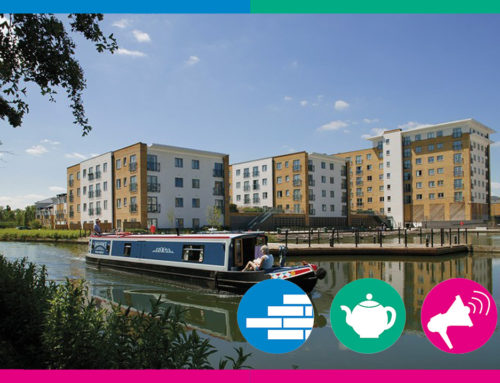So what?
What are the risks and challenges for initiating and also maintaining this initiative?
The JRF report suggests that developments of this nature ‘need to take risks’ but can bring significant advantages. (2)
The developer took a significant risk in acquiring the land before securing planning permission, especially in the light of local resistance to the development. The CDLH study suggests that the project would have benefited from ‘advice on development’. (1)
Projects of this nature are seen as ‘great for children, not so good for teenagers’ – so there is a risk that as a family grows up their home may no longer suit their needs.
The project requires residents to show a commitment to a level of communal living, for example cooking communally once a month, but there could be a risk that residents become disillusioned with the lifestyle as the novelty wanes. ‘Sociability’ as well as ‘viability’ is seen as key.
Homes bought as part of the project could later be sold for a substantial profit – one bought for £190,000 was later sold for £440,000 – there is a risk that people might buy as a speculative investment without wishing to commit to community life. The costs are beyond the reach of people on low incomes.
Key learning
The JRF report focuses on co-housing as a model for older people’s housing. It cites benefits as creating options for informal care of older people while maintaining a degree of independence, and for downsizing. It also suggests that ‘a reasonably wide age span’ of residents is important.
The report suggests that potential pitfalls include unfamiliarity, both for potential residents and the planning authority; the high cost of development land; and the dominance of ‘volume’ housing developers. It suggests that ‘direction from Government’ will be required if this model is to become established.
All sources support the view that these projects are ‘organic’ and take time to establish.
This style of living will clearly appeal to some individuals more than others. While Stroud’s reputation as a place where ‘alternative’ lifestyles thrive has become rather a cliché in Gloucestershire, it is likely that this experiment in communitarian living might stand a better chance of being accepted in Stroud than in places which are perceived as more ‘conformist’ or traditional.
